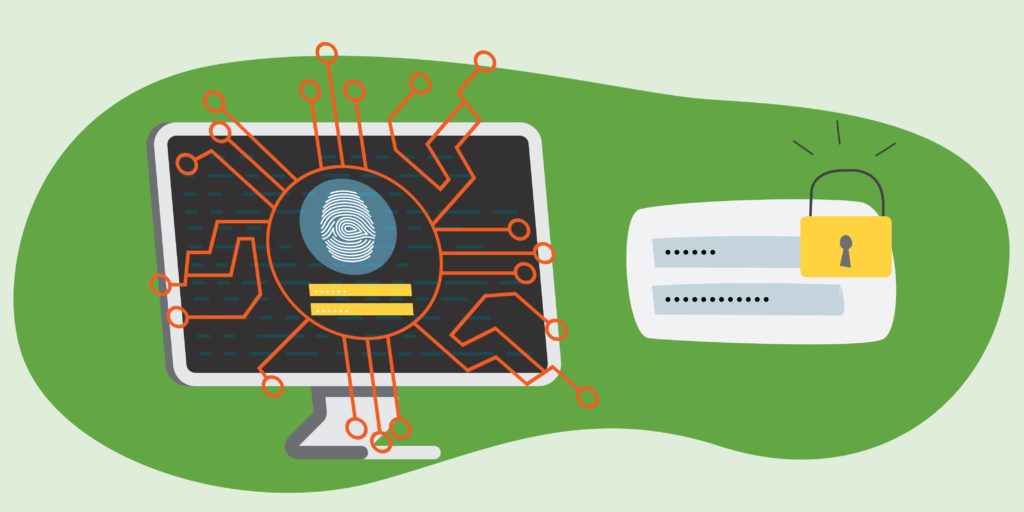
As the confetti settles and the year unfolds, it’s time to set our sights on making 2025 a year of impactful learning in our classrooms. The digital landscape is constantly evolving, and with it, the need to equip our students with the skills and knowledge to navigate it safely and productively. If the idea of challenging your students is overwhelming for you, fear not! This year doesn’t have to be about reinventing the wheel. Here’s a roadmap packed with achievable goals that will empower you to create a dynamic learning environment for your students in 2025.
- Help your students form a team and prepare for the Missouri Cybersecurity Challenge. 2025 deadline is approaching soon!
- Teach critical thinking skills and digital citizenship using a reliable resource, such as this one available through Common Sense Media.
- Utilize high-quality, free cyber curriculum through by Cyber.org.
- Use the CYBER.org cyber range in your classroom.
- Hold parent and community training for those who are new to technology. Learn more about MOREnet digital equity training at this link.
- Help raise the technical skill level of your colleagues – schedule a MOREnet computer science or AI PD session at your school, free of charge. For a full list of course offerings, visit our training schedule.
- Tell your tech director about the MOREnet Tech Summit on February 18-19 in Columbia, MO. Topics include student data privacy, managing the school network and PowerShell scripting.
- Prepare your students for industry certifications: The NICCS, National Initiative for Cybersecurity Careers and Studies, offers a great resource to help students explore Cybersecurity career opportunities.
- Update Course Materials: Revise and expand lesson plans to ensure they include the latest cybersecurity trends, threats and best practices. Check out CYBER.org’s curriculum.
- Introduce Hands-On Activities: Develop practical exercises like setting up firewalls, identifying phishing emails, or running penetration testing simulations to enhance learning. Try out CYBER.org’s cyber range and the labs found in their curriculum.
- Create a Cybersecurity Club: Start a club or after-school group where students can work on projects, participate in cybersecurity competitions and explore the field more deeply.
- Develop a Cybersecurity Awareness Campaign: Educate students about safe online behaviors, privacy settings, and personal data protection through school-wide campaigns or events. Consider using some of the resources from CISA to help guide your campaign.
- Attend Professional Development: Participate in workshops, webinars, or conferences to stay up to date with the latest tools, techniques and teaching strategies in cybersecurity. Utilizing MOREnet Professional Development and Cyber.org workshops are an easy way to stay current.
- Invite Guest Speakers: Bring in cybersecurity professionals to share their experiences and insights, providing students with real-world perspectives.
- Integrate Ethical Hacking: Teach students about ethical hacking practices, including the legal and ethical responsibilities of cybersecurity professionals. The Missouri Cybersecurity Challenge not only provides high school students the opportunity to explore the field of computer science, but it also teaches real-world tools to protect data.
- Promote Cybersecurity Certifications: Introduce students to entry-level certifications like CompTIA Security+ or Certified Ethical Hacker (CEH) to motivate them to pursue cybersecurity credentials. Visit Cyber.org for more information.
- Create a Safe Learning Environment: Use secure platforms and tools for teaching, ensuring that students’ online interactions and data are protected during class activities. The Cyber Safety video series by Cyber.org and CISA will help you and your students be better protected online.
- Set Individual Goals: Help students identify personal growth areas in cybersecurity, whether it’s learning coding skills, becoming proficient with specific tools or gaining hands-on experience.
